When you’re refining the last steps of your production line, consider end of line automation as your ideal solution. This tech takes over essential tasks such as packing, labeling, and palletizing, ensuring your products are ready to ship efficiently and accurately. It’s not just about increasing speed—this automation also reduces labor costs and boosts the quality of your products. Whether your field is food processing, pharmaceuticals, or general manufacturing, adding end of line automation can revolutionize your processes, making them quicker, safer, and more cost-effective.
Now, let’s explore more about end of line automation and how it can benefit you.
What is End of Line Automation?
End of line automation refers to the use of technology at the final stage of the production process. This stage is crucial—it’s where your products get their final touches before shipping. It is essentially the last checkpoint, where everything from packaging to labeling and palletizing is handled by automated systems.
This automation streamlines tasks that are often repetitive and labor-intensive, ensuring products are packed correctly, labeled accurately, and stacked efficiently on pallets. By incorporating automated systems like robotic arms, conveyors, and scanners, end of line automation not only speeds up the process but also reduces human errors and labor costs. It’s a smart move for any business looking to enhance productivity and ensure products meet quality standards right before they leave for delivery.
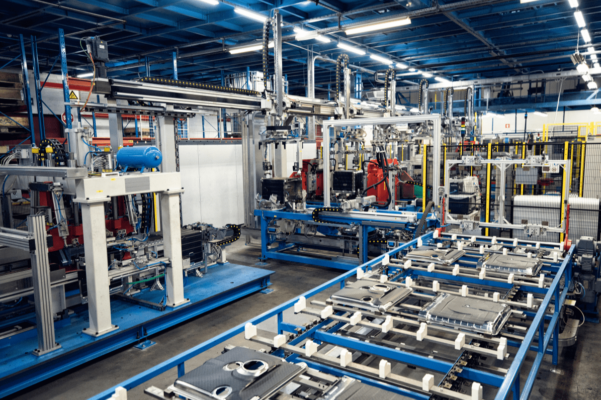
How Does End of Line Automation Work?
Automation in Action:
At the end of a production line, automation systems take over tasks like packaging, labeling, and palletizing. Machines such as robotic arms, conveyors, and scanners work in sync to perform these tasks efficiently.
Packaging & Labeling:
Automated machines, like case packers, swiftly box products while ensuring each item is securely packed. Labeling machines apply labels precisely, covering necessary product details and compliance information.
Palletizing:
Once products are packaged and labeled, palletizers stack them on pallets in an organized manner, ready for shipping. These robots handle heavy lifting and stacking with accuracy and speed, optimizing the space on each pallet.
Integration with Technology:
These systems are often equipped with sensors and software that monitor and control the process, ensuring that operations run smoothly without interruptions. This technology also provides real-time data to help identify and resolve any issues quickly, maintaining high productivity levels.
End of line automation streamlines the final production steps, making the process faster, safer, and more cost-effective.
Why is End of Line Automation Important?
Boosts Efficiency:
End of line automation speeds up the production line. It automates the final steps like packaging and labeling, allowing businesses to process products faster. This efficiency helps meet customer demands quickly and can grow operations without increasing staff numbers.
Enhances Quality:
Automation ensures every task is performed the same way, reducing human errors. It often includes checks that make sure products meet quality standards before they’re shipped, ensuring consistency across all items.
Reduces Costs:
Automation can be costly at first, but it saves money in the long run. It cuts down on labor costs for repetitive tasks and reduces material waste by performing jobs accurately.
Improves Workplace Safety:
Automating dangerous or repetitive tasks lowers the risk of injuries at work. It allows employees to focus on safer, more skilled jobs, enhancing overall safety and job satisfaction.
End of line automation is crucial for modern manufacturing, helping to increase production, save costs, and ensure a safer workplace.
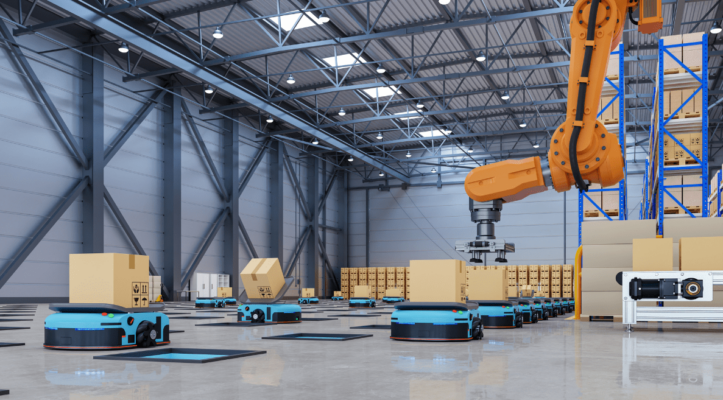
4 Key Questions Before Investing in End of Line Automation:
Before you decide to invest in end of line automation, here are some key questions to guide your decision:
- What are your specific needs? Look at your production line and pinpoint which steps could really use a boost from automation. Think about where delays or errors happen most often.
- What is your budget? Keep in mind both the upfront costs and the potential savings down the line. Automation can save money on labor and maintenance, but it’s an investment upfront.
- How will it integrate with your current systems? Make sure the new automation tools will work smoothly with what you already have in place. You don’t want to overhaul your entire system unless absolutely necessary.
- What is the expected return on investment (ROI)? Figure out how long it will take for the savings from automation to outweigh the initial costs. This will help you understand if the investment makes financial sense.
Taking the time to answer these questions can really clarify whether end of line automation is a wise choice for your business, ensuring you make an informed decision.
3 Main Parts in End of Line Automation:
1. Case Packers:
These machines pack your products into boxes, adjusting to different sizes and shapes to make sure everything is securely packaged and arrives undamaged.
2. Palletizers:
Palletizers help you stack your packaged products onto pallets, ready for shipping or storage. They lift heavy items and arrange them in complex patterns, doing the hard work quickly and with less strain for your team. Robotic palletizers add even more precision and flexibility, adjusting easily to different product types and sizes. This technology speeds up your workflow and cuts down on the physical effort needed from your staff.
3. Labelling Machines:
These devices apply labels to products or packages, providing crucial information like product details and shipping addresses. Automated labeling ensures consistent, accurate placement, which is vital for tracking and compliance.
3 Benefits of Implementing End of Line Automation:
1. Efficiency:
Automation speeds up production by handling repetitive tasks faster than manual methods, allowing you to meet production goals quickly. It also cuts labor costs by reducing the need for a large workforce, enabling employees to focus on more important tasks.
2. Quality Improvement:
Automated systems perform tasks consistently, which helps reduce errors and ensure all products meet quality standards. These systems also use advanced technology to detect defects that might be missed manually, ensuring higher quality in the final product.
3. Safety:
Automation improves safety by taking over risky and repetitive tasks. This reduces the physical demands on workers, decreasing the likelihood of injuries and creating a safer work environment.
Using automation in end-of-line processes speeds up production, improves safety, and reduces costs, making it a smart choice for businesses looking to enhance their manufacturing.
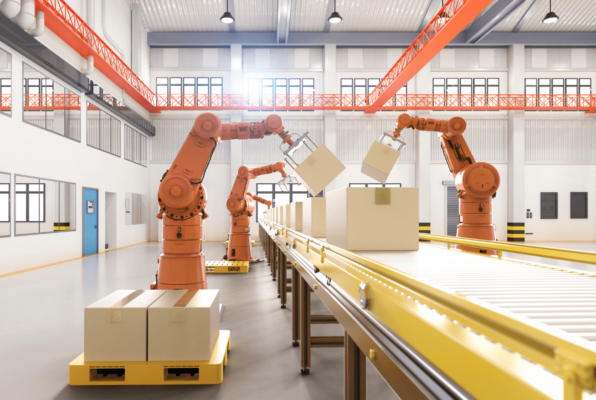
3 Challenges & Considerations of End of Line Automation:
1. Initial Costs and Integration:
Setting up end of line automation involves high upfront costs. Buying and installing machines like robotic palletizers requires significant investment. Integrating these machines with existing systems can be complex and might disrupt ongoing operations temporarily.
2. Ongoing Maintenance:
Automated systems require regular maintenance to work well. This includes frequent checks and repairs, which can be expensive and need skilled technicians. If not maintained, these systems can break down, stopping production and leading to costly repairs.
3. Technological Updates:
Technology changes quickly, and keeping automation systems updated can be challenging. Older systems might need upgrades to stay efficient and effective. Keeping up with these updates involves additional costs and may require retraining staff to manage new features or technologies.
These factors highlight the need for careful planning and budgeting when implementing automation in manufacturing processes.
4 Industries That Gain Most from End of Line Automation:
End of line automation significantly boosts efficiency, safety, and compliance across various industries, mainly:
1. Food and Beverage:
This industry benefits hugely from automation, especially in packaging and palletizing. Automation ensures hygienic handling and efficient packaging, which is crucial for meeting health standards and coping with high demand periods.
2. Pharmaceuticals:
Precision is vital here. Automation helps ensure drugs are packaged in sterile environments and correctly labeled, meeting strict regulatory requirements. This not only maintains product safety but also aids in effective tracking throughout the supply chain.
3. Consumer Electronics:
Automation supports the consistent demand in this industry by efficiently handling and packaging standardized products. It ensures delicate electronic items are packed securely and swiftly, reducing damage and keeping supply chains moving.
4. Automotive:
The automotive industry uses automation to handle and package heavy auto parts efficiently. This reduces labor costs and increases safety by minimizing human handling of heavy items, thus preventing injuries and speeding up the production line.
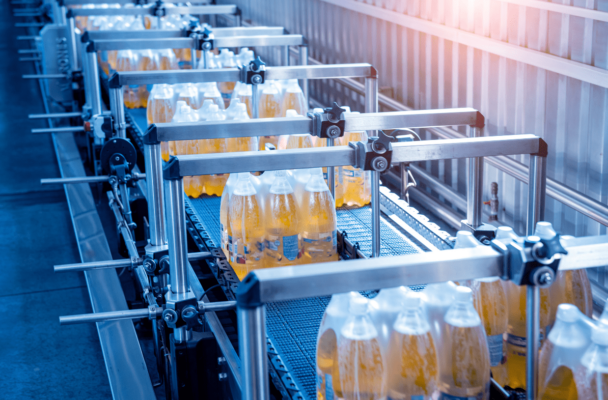
Future Trends in End of Line Automation:
Robotics & AI Enhancements:
Robots in your factory are now smarter and more adaptable, handling detailed tasks with impressive accuracy. Thanks to AI, these robots learn as they work, constantly enhancing their performance. This makes your automation system not just faster, but also more capable of tackling complex jobs efficiently.
IoT Integration:
The Internet of Things (IoT) is changing how your end of line automation systems work. IoT technology lets your devices talk to each other in real time, which means you can watch and manage your production line more closely. It also helps in predictive maintenance, allowing you to fix problems before they stop your production. This leads to smoother, more dependable manufacturing.
With IoT becoming part of your automation setup, your systems are becoming more connected and sophisticated. This evolution is making your manufacturing processes not just faster, but also more consistent.
Conclusion:
End of line automation transforms your manufacturing process by making it more efficient, improving the quality of your products, and enhancing safety. This technology takes over the essential tasks at the very end of your production line. This means you can produce more items faster, with less waste and fewer errors, all while saving money. By integrating cutting-edge technologies like AI and IoT, you stay ahead of the curve, meeting the evolving needs of your market effectively. Adopting this automation helps you streamline your operations and sets your business on a path to future growth and success.
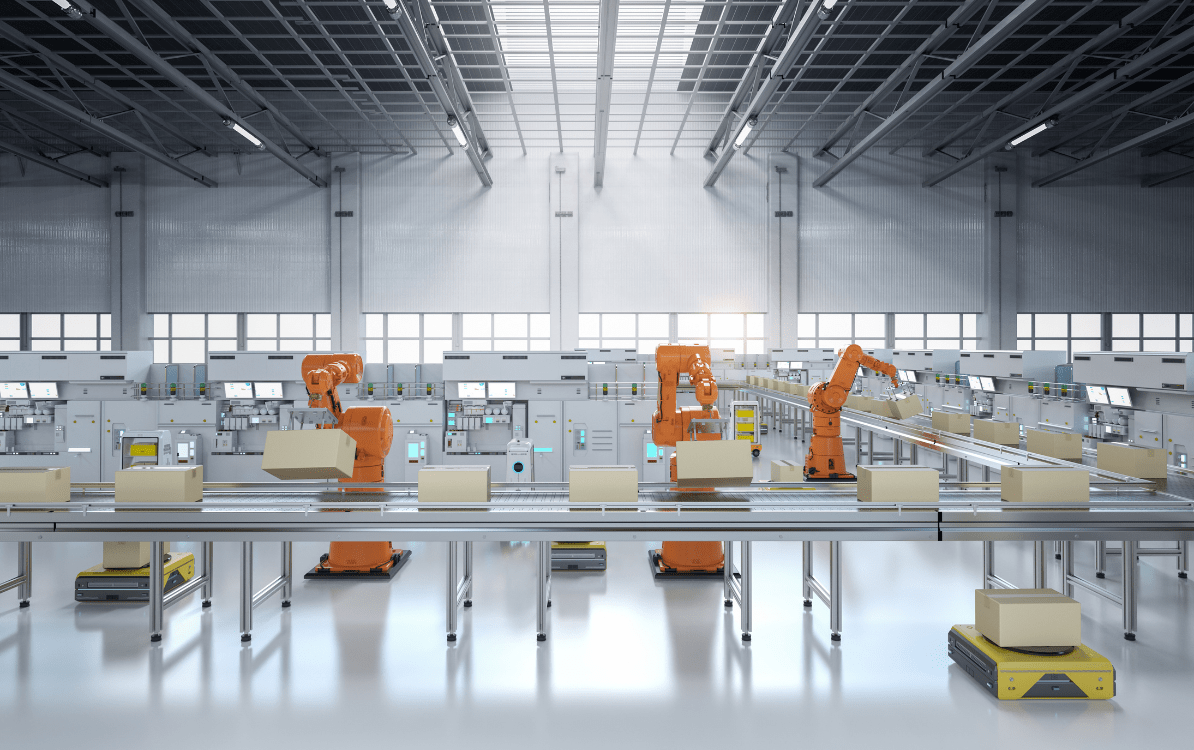






For anyone looking to find valuable information on this topic, this blog is the one I highly recommend.